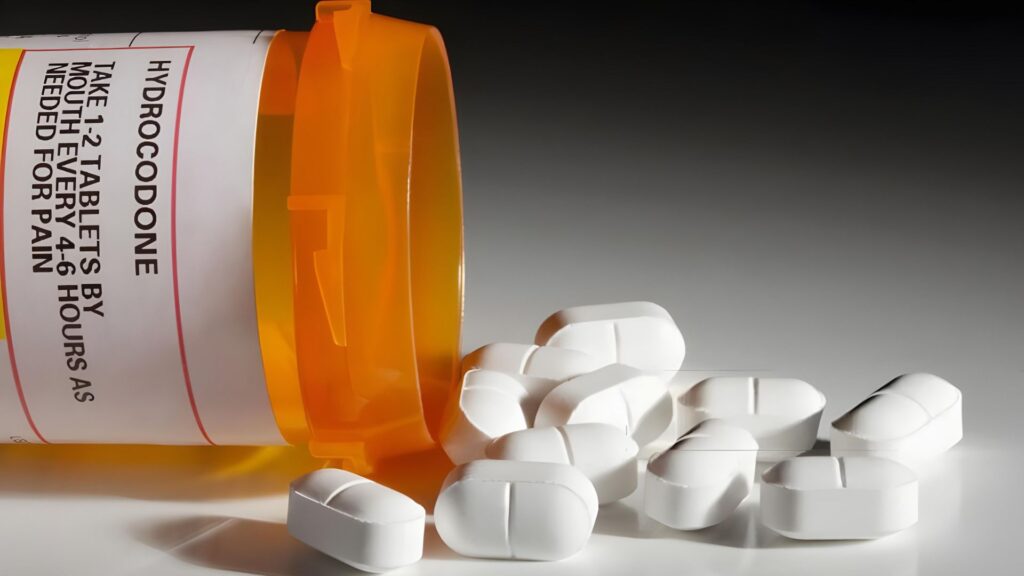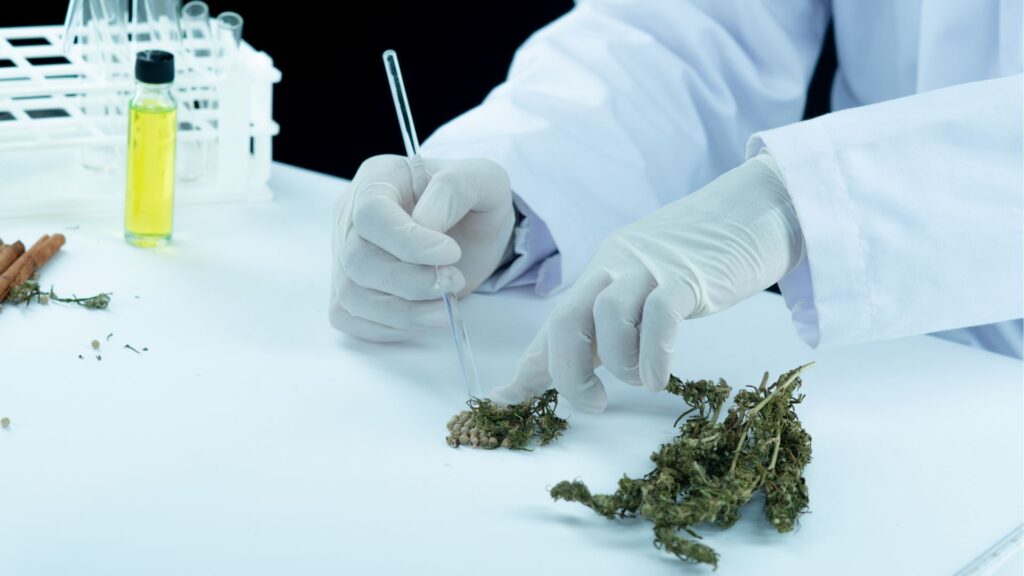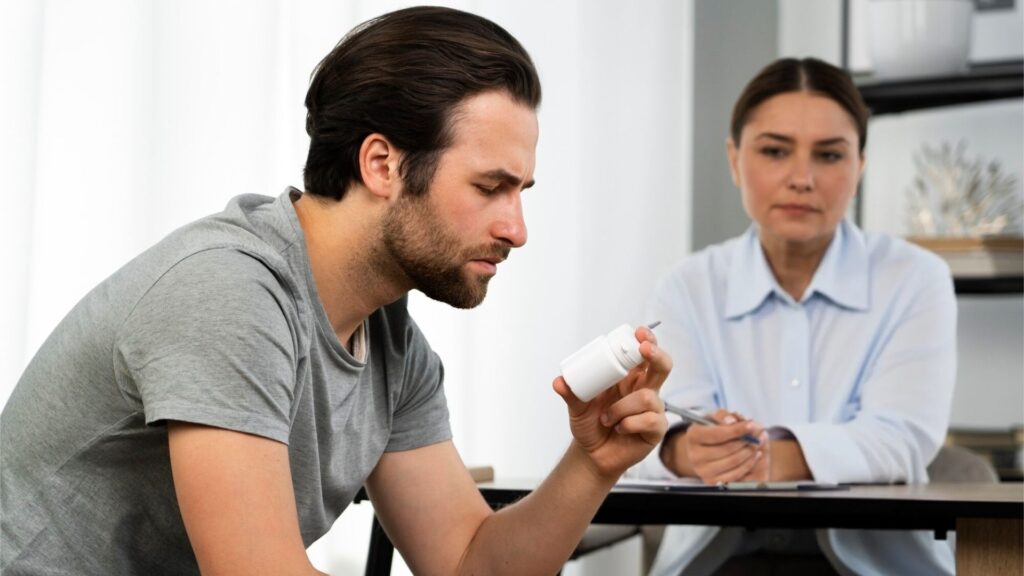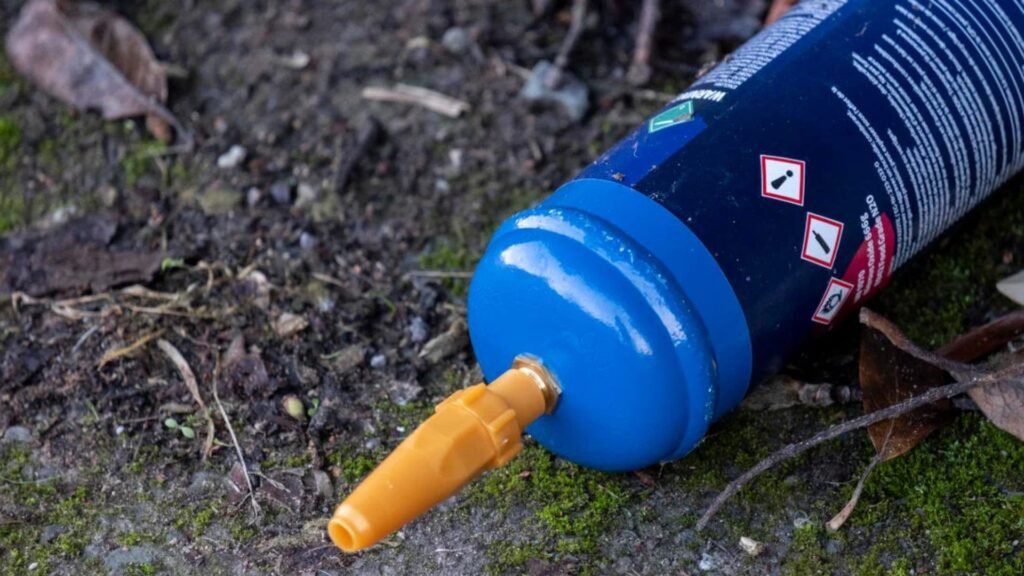Benzodiazepines are commonly prescribed medications used to treat anxiety, insomnia, and other conditions. Because of their potential for dependence and misuse, understanding how long benzodiazepines stay in your system, particularly in urine, is important for medical, legal, and employment purposes.
This article will explore the factors that affect how long benzos stay in the system, typical detection times for different types of benzodiazepines, and what test results mean. It will also provide practical insights for individuals undergoing drug testing.

Factors Influencing Benzodiazepine Detection in Urine
Several factors influence how long benzodiazepines remain detectable in urine, with the type of benzodiazepine playing a key role-short-acting drugs like triazolam typically clear from the body faster than long-acting ones such as diazepam.
Individual metabolism, affected by age, sex, and liver or kidney function, also impacts how long benzos are eliminated from the body. Higher doses and frequent use-often seen in cases of benzodiazepine addiction-extend detection times. Urine concentration, influenced by hydration, affects test sensitivity, as does the testing method itself.
Standard immunoassays detect benzodiazepines for a few days, while more sensitive mass spectrometry tests can detect benzo use for weeks, especially with prolonged high-dose use. Understanding these variables helps estimate detection windows more accurately.
If you’re concerned about your own use or wondering whether your relationship with benzodiazepines might be problematic, you can take our confidential quiz to help assess your risk: Am I a Drug Addict? Quiz
Urine Detection Times by Benzodiazepine Type
The different benzos can be categorized into three main groups based on their elimination half-lives. The detection times for benzodiazepines in urine drug screens can vary significantly depending on the specific drug and its elimination half-life.
Short-acting benzodiazepines
Short-acting benzos, such as Halcion (triazolam), have the shortest detection window in urine drug tests compared to other benzodiazepines. These benzos stay in your system for up to 24 to 48 hours after the last dose.
Intermediate-acting benzodiazepines
Intermediate-acting benzodiazepines such as alprazolam (Xanax), clonazepam (Klonopin), lorazepam (Ativan), and temazepam (Restoril) are generally detectable in urine for about 1 to 5 days after use. Detection windows may extend longer with chronic or heavy use, sometimes up to several weeks, especially for long-acting benzodiazepines or their metabolites.
Long-acting benzodiazepines
Long-acting benzodiazepines like diazepam (Valium) and nordiazepam can typically be detected in urine for about 5 to 10 days after use, but detection times may be extended up to 30 days or more with chronic or heavy use.
Extended Detection in Chronic or Heavy Use
Chronic or heavy benzodiazepine use leads to longer detection times in urine due to drug and metabolite accumulation, especially with long-acting types. High doses and prolonged use can result in positive urine tests for several weeks, sometimes up to a month after stopping.
This accumulation also increases addiction risk and slows elimination, making it harder to pass drug screens. Individuals using benzodiazepines for an extended period should be aware of extended detection windows and consider professional help to manage addiction and allow sufficient clearance time before testing.
Comparison with Other Testing Methods
When considering how long benzodiazepines stay detectable, it’s important to understand that the type of drug test used greatly influences detection windows and accuracy. Different testing methods vary in sensitivity and the length of time benzos can be detected.
Blood Tests
Blood tests offer a shorter detection window, typically 12 to 24 hours, but can confirm benzodiazepine presence within hours of use. They are useful for detecting recent intake.
Saliva Tests
Saliva testing is a type of test that is another non-invasive option, with detection times up to approximately 2.5 days after last use. This method is convenient but has a shorter detection window compared to urine tests.
Hair Tests
Hair tests provide the longest detection window, revealing benzodiazepine use up to several months prior. However, they are less commonly used for routine screening due to cost and complexity.

Other Analytical Techniques for Benzodiazepine Detection
Several analytical techniques are also used to detect benzos in an individual’s system:
- Immunoassays are commonly employed for initial screening but can produce false positives and usually require confirmation.
- Gas Chromatography-Mass Spectrometry (GC-MS) is the gold standard for sensitive and specific confirmation, though it involves complex preparation.
- High-Performance Liquid Chromatography (HPLC), especially when combined with mass spectrometry, offers efficient and accurate identification without degrading the compounds.
- Thin-Layer Chromatography (TLC) is faster and simpler but less sensitive and specific, making it less ideal for confirmatory testing.
- Ultraviolet-Visible Spectroscopy (UV-Vis) can detect benzodiazepines based on absorption but is less commonly used due to lower specificity.
Interpretation of Urine Test Results
A positive urine test for benzodiazepines shows the presence of the drug or its metabolites but does not necessarily indicate current impairment. Interpretation must consider detection time limits, individual metabolism, medical history, and any prescribed medications. Confirmatory tests like GC-MS can provide more detailed information about the different benzodiazepines and their quantities. Accurate results require a comprehensive evaluation of the individual’s circumstances and the testing methods used.
Practical Considerations
Hydration can dilute urine samples, potentially lowering detection chances, but excessive fluid intake to purge the drug from their system and manipulate results is discouraged and may be seen as tampering.
Individuals should inform testing facilities about prescribed benzodiazepines and provide medical documentation when they test positive for using benzos. More sensitive tests like GC-MS can confirm findings beyond initial screenings. Following medical guidance and maintaining open communication with healthcare providers about drug testing is essential.
It is important to note that urine tests can only determine the presence of benzodiazepines and not the specific dosage or time of use. If you have concerns about the presence of benzodiazepines in your system or are subject to drug testing, it is advisable to consult with a medical professional for personalized guidance based on your specific circumstances.
Final Thoughts from Radix Recovery
Benzodiazepine detection in urine varies by drug type, the amount taken and how often the drug is used, and individual metabolism. Longer half-lives, higher doses, and slower metabolism generally extend detection times.
At Radix Recovery in Cedar Rapids, we recognize that effective treatment for benzodiazepine addiction must be tailored to the individual. Our rehabilitation program is built around personalized care, ensuring that each individual receives support tailored to their unique history, needs, and recovery goals. Whether you’re dealing with recent use or long-term dependence on benzos, our dedicated team offers expert medical care, compassionate guidance, and evidence-based therapies to support lasting, meaningful recovery.






















































































